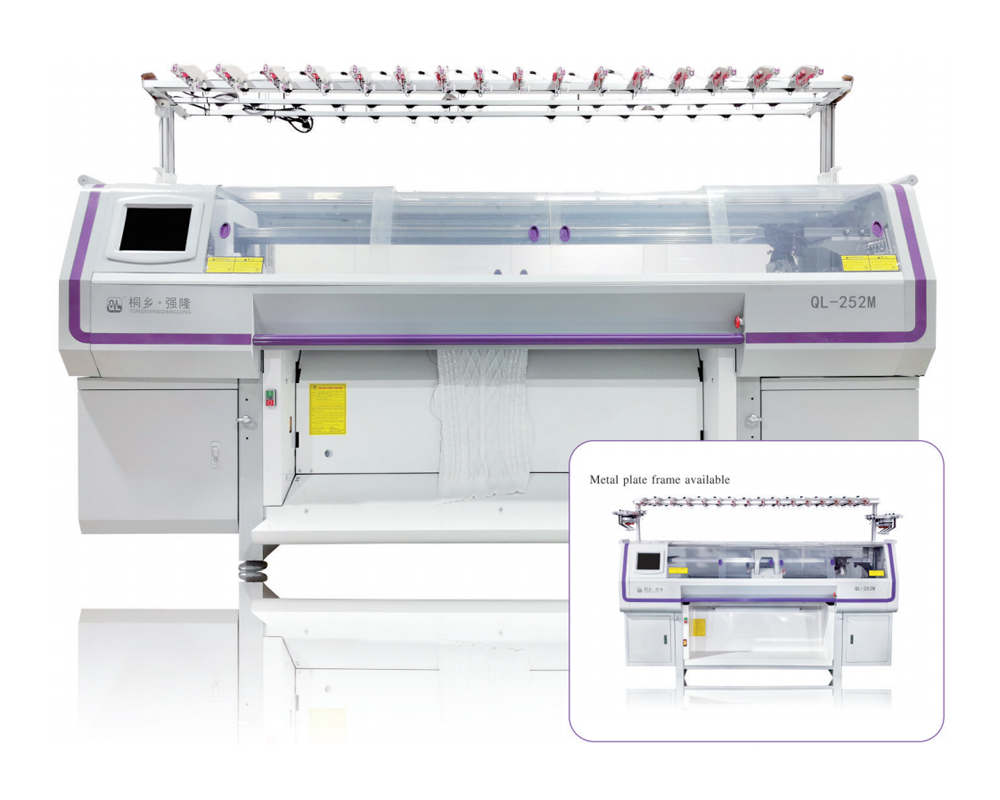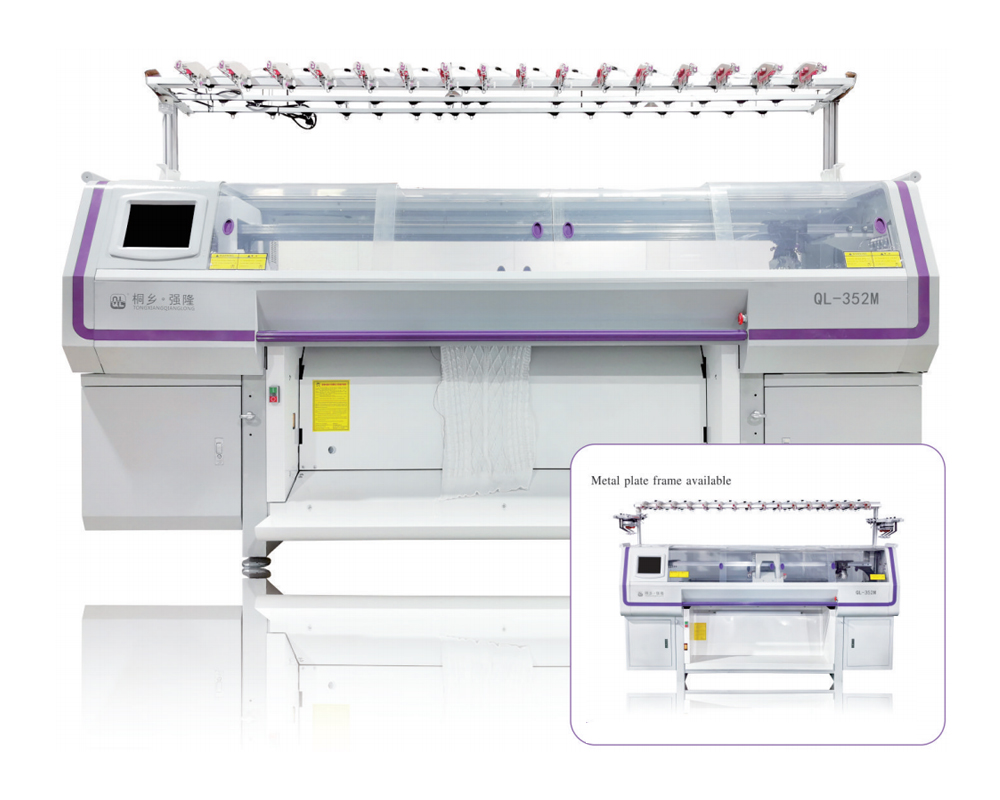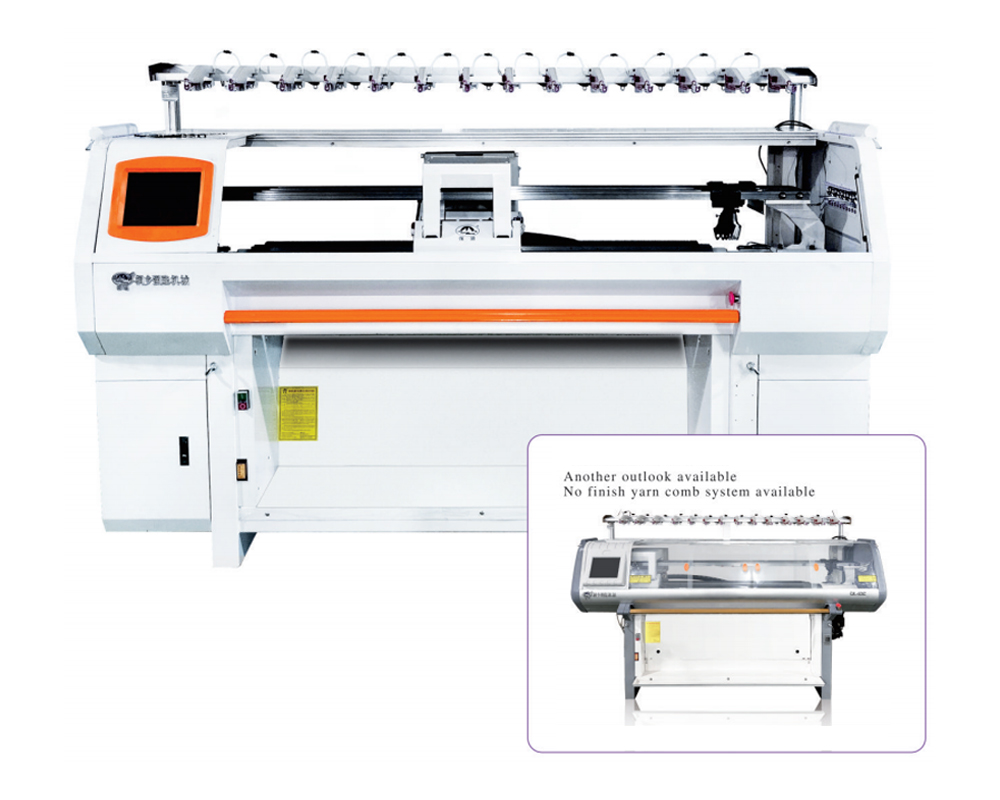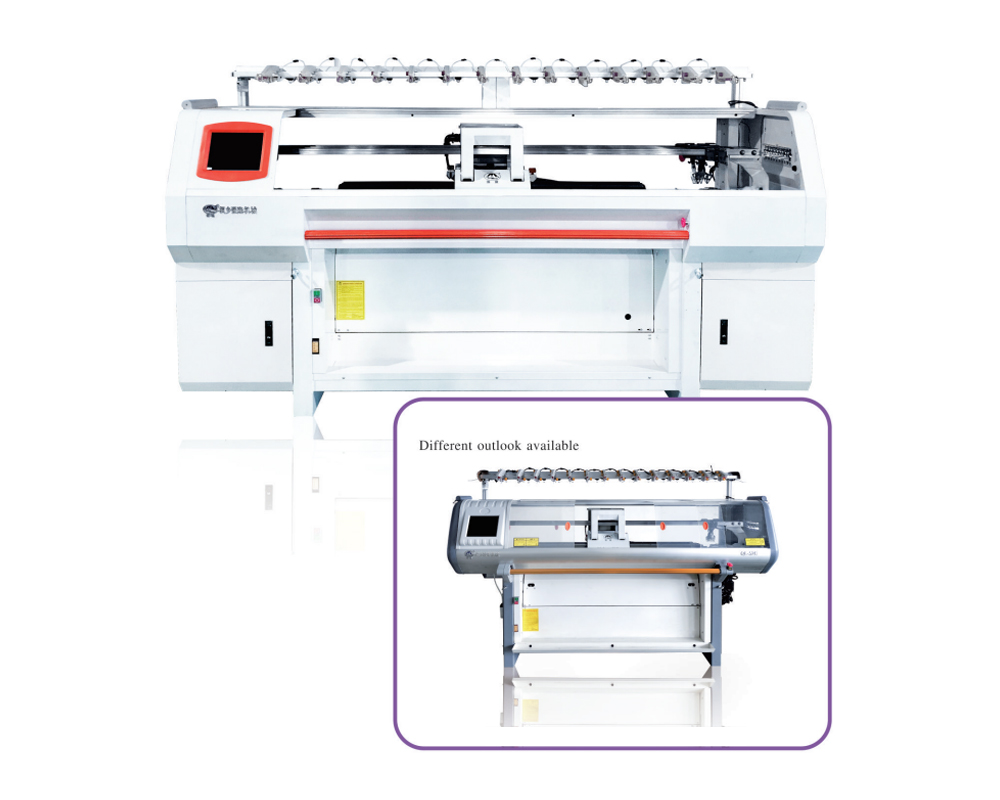Tongxiang Qianglong Machinery Co., Ltd. is high-tech China wholesale computerized flat knitting machine manufacturers, specialized in designing, developing, and manufacturing Knitting Machinery..
In the rapidly evolving footwear industry, technological advancements continue to reshape how shoes are designed, produced, and experienced by consumers. Among these innovations, 3D knitting technology has emerged as a transformative force, especially in the creation of shoe uppers—the top portion of a shoe that covers and supports the foot. Unlike traditional cut-and-sew or molded construction methods, 3D knitting allows manufacturers to craft shoe uppers with exceptional precision, comfort, and design versatility. This article explores how 3D knitting technology enhances both comfort and design flexibility, and why it is becoming a preferred method for athletic, casual, and high-performance footwear brands worldwide.
1. Understanding 3D Knitting Technology in Footwear
3D knitting technology utilizes computerized knitting machines—often based on flat knitting or circular knitting systems—to produce seamless, three-dimensional fabric structures. Instead of assembling multiple fabric pieces through stitching or gluing, the 3D knitting process directly forms the final shape of the shoe upper in a single operation.
This technique is powered by CAD (Computer-Aided Design) software, which allows designers to digitally program patterns, textures, and structural elements before production begins. As a result, manufacturers can create shoe uppers with integrated features such as ventilation zones, elastic areas, reinforcements, and cushioning—all without additional assembly steps.
2. Superior Comfort Through Seamless Construction
One of the most significant benefits of 3D knitting technology is its ability to enhance wearer comfort. Traditional shoe uppers typically consist of several stitched components, creating seams that can cause friction, pressure points, and discomfort during wear. In contrast, 3D knitted uppers are seamless or nearly seamless, minimizing these issues and providing a glove-like fit.
Additionally, the knitting process allows for precise control of tension and elasticity across different zones of the shoe upper. For example, the toe area can be knitted more tightly for structure and protection, while the midfoot and collar areas can feature softer, more elastic patterns for flexibility and cushioning. This adaptive fit ensures that the shoe conforms naturally to the contours of the wearer’s foot, improving comfort during walking, running, or standing for long periods.
The result is a lightweight, breathable, and ergonomic upper that feels like an extension of the foot rather than a rigid enclosure.
3. Breathability and Temperature Regulation
Comfort in footwear is not limited to fit; it also involves temperature control and moisture management. 3D knitting technology excels in creating uppers with integrated ventilation zones that promote airflow and breathability.
Designers can program the machine to knit mesh-like structures or openwork patterns in areas where heat tends to build up—such as the toe box or sides of the shoe. Conversely, denser knitting can be applied to areas that require durability and support.
This customized ventilation reduces sweating, keeps the foot cool and dry, and enhances overall comfort—making 3D knitted shoes especially popular in athletic and casual footwear designed for daily wear.

4. Design Flexibility and Creative Freedom
Beyond comfort, 3D knitting provides unparalleled design flexibility that traditional manufacturing methods cannot match. Since the process is controlled digitally, designers can experiment with complex textures, gradient color transitions, and intricate patterns without the limitations of cut-and-sew methods.
For instance, multiple yarns with different colors, properties, or fiber types—such as polyester, nylon, spandex, or recycled fibers—can be combined within a single upper. This capability opens up endless design possibilities, from sporty and functional aesthetics to luxurious and fashion-forward looks.
Moreover, 3D knitting allows for structural reinforcement to be incorporated directly into the design. Features such as lace loops, ankle collars, or heel counters can be knitted as part of the upper rather than attached separately. This not only simplifies the manufacturing process but also enhances durability and visual appeal.
5. Enhanced Performance and Fit
For athletic footwear, performance is as critical as comfort. 3D knitted uppers contribute to better performance by offering a precise, adaptive fit that moves with the foot. The ability to vary material density across different zones allows for targeted support and flexibility—key elements for activities such as running, training, or basketball.
For example:
- Tight-knit areas provide stability during lateral movements.
- Stretch zones enhance mobility and comfort during motion.
- Reinforced regions ensure durability in high-stress zones.
The result is a shoe upper that offers both support and flexibility, improving the wearer’s balance, energy efficiency, and agility.
6. Sustainability and Material Efficiency
Another major advantage of 3D knitting technology is its eco-friendly and waste-reducing nature. Traditional shoe manufacturing often involves cutting fabric from large sheets, leaving behind substantial offcuts that contribute to material waste. In contrast, 3D knitting produces only the required shape and size, significantly reducing excess material.
Additionally, the technology enables the use of recycled and biodegradable yarns, supporting the global push toward sustainable manufacturing. Many leading brands have adopted 3D knitting not only for its design benefits but also for its alignment with environmentally responsible production practices.
7. Streamlined Production and Cost Efficiency
From a manufacturing perspective, 3D knitting also offers operational advantages. The digital nature of the process allows for quick design modifications, small-batch customization, and faster prototyping. Once a design is finalized, it can be replicated with exceptional consistency and minimal human intervention.
This automation reduces labor costs and shortens production time while maintaining high precision and quality. Moreover, as consumer demand for personalized products grows, 3D knitting’s flexibility makes it easier for brands to offer custom-fit shoes or limited-edition designs with minimal additional cost.
8. The Future of 3D Knitted Footwear
The future of footwear manufacturing is increasingly shaped by digitization and automation, and 3D knitting technology is at the heart of this transformation. With continuous innovations in yarn materials, machine capabilities, and digital design tools, the potential for 3D knitted shoes continues to expand.
Emerging trends include:
- Integration of smart textiles for health and activity monitoring.
- Use of bio-based and recycled yarns for sustainable production.
- Advanced 3D scanning for personalized shoe fit and comfort optimization.
As these technologies converge, the line between performance, comfort, and aesthetics will blur, giving rise to shoes that are not only functional and stylish but also environmentally conscious and tailored to individual needs.
Conclusion
3D knitting technology represents a major leap forward in the design and production of shoe uppers. By combining seamless comfort, precise fit, breathability, and unlimited design flexibility, it redefines what modern footwear can achieve. Moreover, its contributions to sustainability and manufacturing efficiency make it an essential innovation for the future of the shoe industry.
In essence, 3D knitted shoe uppers offer the perfect blend of performance, style, and sustainability, providing both brands and consumers with a next-generation footwear experience that feels as good as it looks.

 English
English 简体中文
简体中文
 Chinese
Chinese English
English











